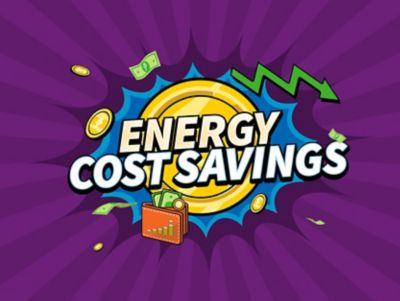Take this Opportunity to Upgrade Your Systems
11 January 2023
The wastewater treatment market is expected to be worth $211.3 billion by 2025.
It is likely there will be an increase in demand for clean water that passes regulatory checks and addresses environmental concerns.
Companies that work in wastewater treatment should be adaptable to meet new challenges and discover opportunities. Aging water management systems can cause excess energy consumption, and unmanaged sludge build-up raises the expenditure of wastewater treatment facilities.
Studies have shown that updating infrastructure to improve energy efficiency usually occurs with more effective treatment and operation.
That's why modern wastewater treatment plants should seek out energy efficient air blower solutions and apply them in key processes like:
- Aerating the wastewater by diffusion so that the bacteria will thrive.
- The activated sludge process which removes organic and solid material. This includes the membrane bioreactor process, the moving bed biofilm reactor process, and the sequencing batch reactor process.
- Directly assisting the anaerobic digestion of the sludge.
- Filter backwashing as a form of preventative maintenance.
How Can I Make My Wastewater Treatment More Energy Efficient?
Aeration is the method of removing organic matter from wastewater. Oxygen is mixed with wastewater to allow aerobic bacteria in the water to break down organic waste. This method causes minimal odors, and is both quick and efficient. It requires a constant and abundant supply of oxygen.
So, a reliable compressed air machine needs to be used. The systems involved in the aeration process can consume anywhere from 25-60% of a plant's power.
We are confident that our air blowers can reduce energy consumption during the process of aeration. Check the energy consumption of your facility by booking a FREE energy consumption analysis.
Watch the customer story below from wastewater treatment and how they reduce the total cost of ownership
Why is a VSD+ Air Blower a great choice?
The ideal compressed air solution for the wastewater treatment industry has always been low pressure oil-free air blowers. Oil-free is a preferred solution as you don't want to introduce other contaminants to the water.
It's highly recommended to use an oil-free rotary screw blower for pressure requirements greater than 0.5 bar(g). Traditional tri-lobe blowers are efficient until the water level in the aeration tank is less than 4m. This offers a back-pressure resistance of only 0.45 bar(g) or below. However, once the pressure crosses 0.5 bar(g) the twin lobe and tri-lobe blowers start consuming high power and contribute to high energy cost for the treatment process.
As screw blowers are gear-driven machines, they have higher efficiency compare to the traditional belt-driven lobe blowers.
Discover our complete range of oil-free air blowers and make a note of our VSD+ variants.
For operations where the compressed air demands fluctuates, a VSD technology automatically adjusts motor speed to meet the air demand. In contrast, a traditional fixed-speed air blower can operate only at full capacity. If less than full air flow is required for the processes, a lot of energy is consumed and wasted.
You can click here to learn more about VSD technology, or talk to our product specialist for more information.


